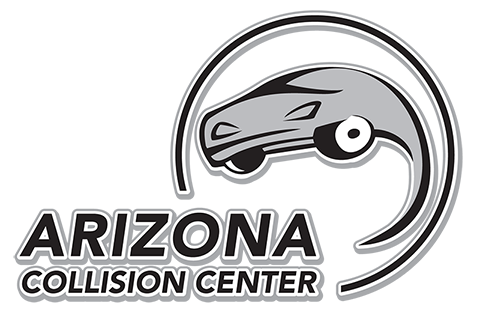Tempe Collision Repair Shop Explains Best Strategy for Filing An Auto-Theft Insurance Claim
Ordinarily, Tempe auto insurance policyholders deal with their providers most often when collision repair, personal injury or physical damage expenses arise on covered vehicles. In others, insurance claims sometimes have to back customers when their vehicles are parked where the owner left them one moment, and then gone in 60 seconds the next.
Since theft claims can involve matters a little bit more complicated than simply paying a body shop’s piper, there are certain extra steps to filing a quick, successful claim. Keep them in mind, and you’ll maintain a cooler head in the event that your car or truck drives away without you in it….
- PUT THE POLICE FIRST
To a certain extent, your insurance claim can wait.
If your vehicle is ever stolen, let this reality govern your actions: police and other local law enforcement only have so much time to catch up to your automobile, and Phoenix is a huge metropolitan area to search. After calling, prepare your vehicle identification number, license plate information and a description of the vehicle’s make, model and color. Provide them calmly and accurately to the officers processing your report.
- BEGIN YOUR INSURANCE PROCESS
In the best-case scenario, your car could be returned with no physical damage, collision-repair needs or anything significant missing. Should the worst arise, there’s even more work to do.
Your insurance company will need the same information as the police and then some. Be ready to provide your claim processor with the following:
ü The vehicle title
ü Any other individuals who may have had easy access to it, along with their contact information
ü Accounting for any additional keys duplicated for the vehicle
ü The vehicle’s ID information, mileage and recent service records
ü Inventory of any personal property left inside
ü If applicable, leasing or financing contacts
Remember that your claim representative may have to ask some seemingly accusatory questions. It’s a necessary step in a day and age when fraud runs wild.
Additionally, your insurance provider may be able to provide you with rental or public transit reimbursement, depending upon your policy’s limitations.
- THE LIENHOLDER
If you don’t own the vehicle outright, then there’s an additional party that will need details.
If you’re leasing or financing it, let the lienholder or financing company know that it’s been stolen. They’ll become a party to the claims process and will need to be kept abreast of developments.
After that, it’s a waiting game. Depending on the provider and policy, you’ll have a 20 to 30-day wait in which your car remains missing before the provider issues a settlement. If it can’t be recovered by then, you will likely receive compensation for the vehicle’s full value. If recovered damaged, you then enter a process in which your company will assess any collision repair or physical damage that occurred during the theft and decide whether to issue a settlement offer.




No Comments
Sorry, the comment form is closed at this time.